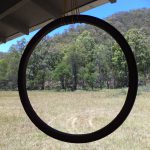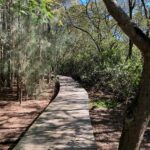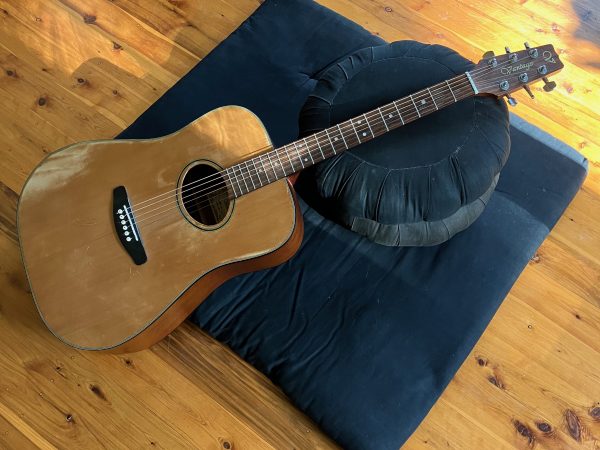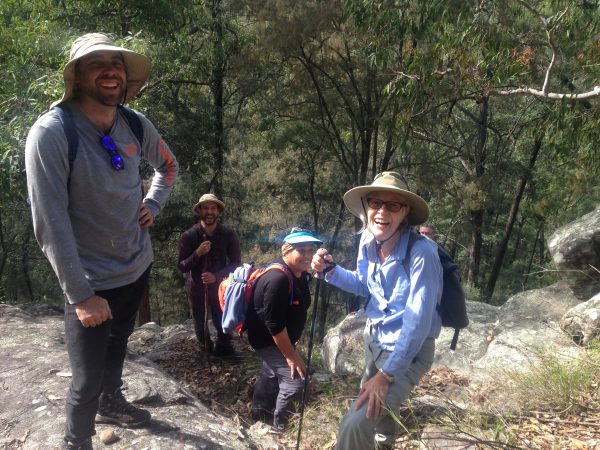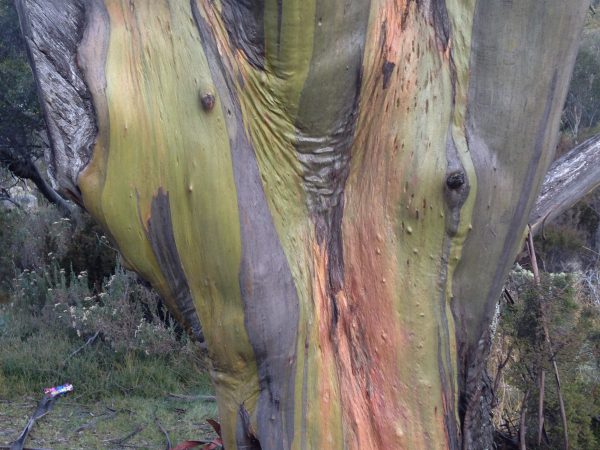Where are you going?
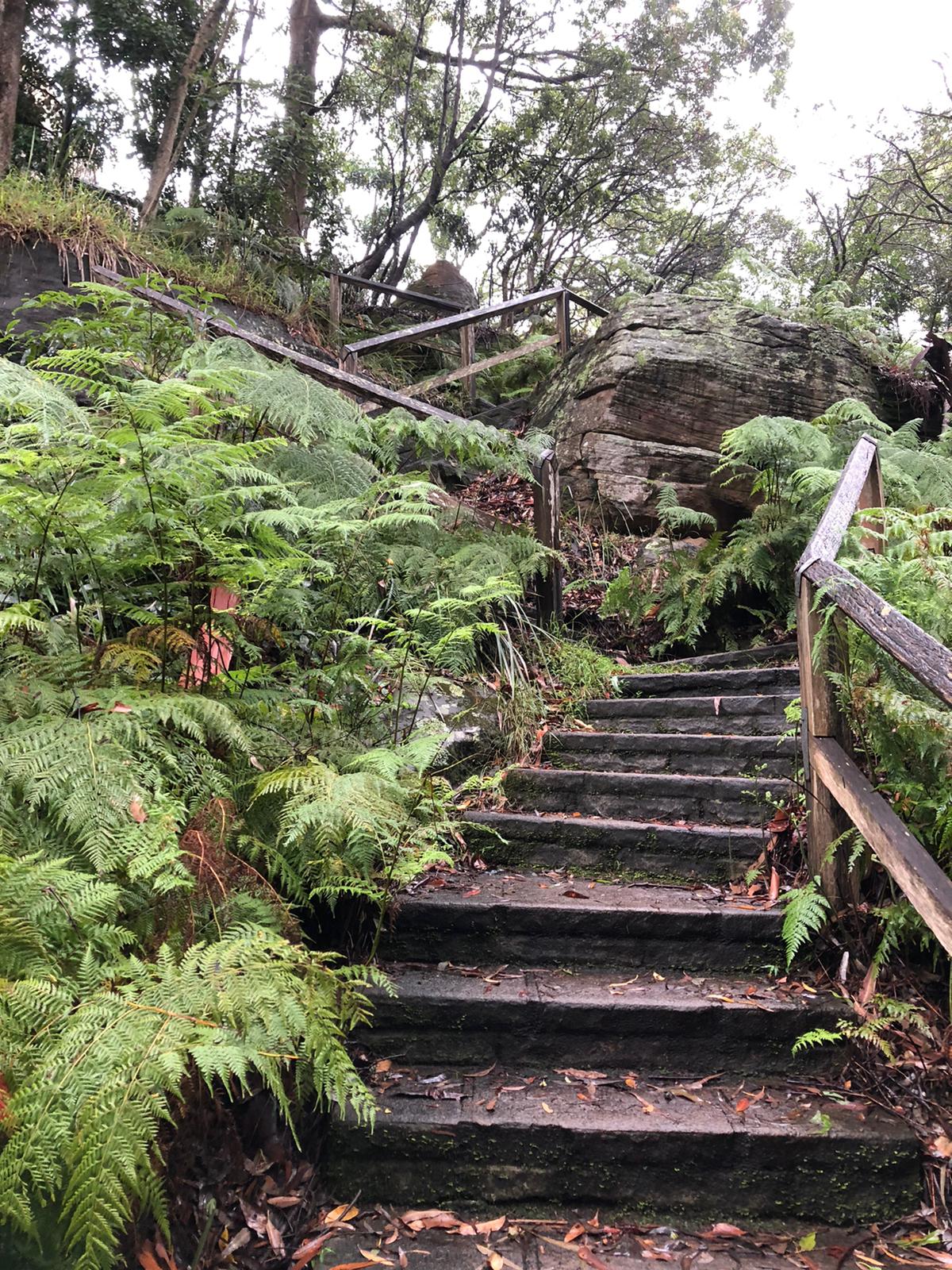
In a couple millennia’s worth of meditation instruction we find a wealth of shared experience that has allowed teachers to craft useful teachings that help point students in the right direction.
In our inherited traditions of Buddhism, Taoism and Ch’an, various approaches to guidance arose out of the insights these traditions collectively experienced. The most obvious approach, which resonates most commonly in the way we approach learning, is to see practice as a gradual process of experiential stages on the way to realisation. In a sense it is practice in the relative world of form, of attainment and accomplishment, practice as a matter of ‘getting somewhere’ so to speak. However, much of what we do in our tradition is to approach practice as a way of ‘getting nowhere’ and uncovering what’s already there. There is nothing to attain, nothing to accomplish. Mind and body are already full and complete as they are.
In challenging this notion that we attain something through practice and in expressing our zazen as needing no added extras, there’s a dialogue in the Gateless Barrier where Ta-mei asks Ma-tsu, “What is Buddha?” to this Ma-tsu replies, “This very mind is Buddha”. Amazing. Ma-tsu’s response reveals someone of wise character with the open heart that can accept all beings and things just as they are.
You may be familiar with the term “Just Sitting” as a way we refer to zazen practice. It is slightly more subtle but nonetheless in the same spirit as “This very mind is Buddha”.
Just to sit adds nothing extra, there is no buddha mind to attain through zazen. The very act of sitting is the point itself. It’s already complete. Yet the zazen of this very mind and body finds its embodied expression in our everyday lives as well, and when we make this important shift in our approach to life many ordinary things take on a deeper significance. Dogen often expressed it in the term “shushō-ittō” or “oneness of practice & realisation”. He said “To suppose that practice and realisation are not one is a view of those outside the way, in Buddha-dharma they are inseparable. Because practice of the present moment is practice-realisation, the practice of beginner’s mind is itself the entire original realisation”.
Again, practice doesn’t just mean sitting on the cushion though. As we see in the opening chapter of the Diamond Sutra there’s no fantastical introduction of magical bodhisattvas and mythical creatures raining flowers upon the assembled listeners, it’s just a simple scene free of any mysterious embellishment:
“When it was time to make the alms round, the Buddha put on his robe and, holding his bowl, went into the city of Shravasti to beg for food, going from house to house. When the alms round was completed, he returned to the monastery to eat the midday meal. Then he put away his robe and his bowl, washed his feet, arranged his cushion, and sat down”.
In this simple scene our own life and practice can be seen too, and we can find our own embodied expression of “This very mind is Buddha” through our own everyday activity.
Wu-men comments on Ma-tsu’s response saying, “If you can grasp the point directly, you wear Buddha’s robes, eat Buddha’s food, speak Buddha’s words, take Buddha’s role. That is, you yourself are Buddha. Ta-mei, however, misled quite a few people into trusting a broken scale. Don’t you know you should rinse your mouth for three days when you utter the name Buddha? If you are genuine, you’ll run away holding your ears upon hearing the words, “This very mind is Buddha.””
Grasping the point directly you see that everything you do, from putting on clothes to eating, speaking and going about your daily business is nothing but the activity of your own essential nature. From the ultimate standpoint however, Ta-mei’s question is out of place. Even the word Buddha hurts our ears. It is still just a brittle concept. Wu-men goes further in a verse…
The blue sky and bright day –
no more searching around
“What is Buddha?” you ask
Hiding loot, you declare your innocence
Dogen says, “Mountains, rivers and earth mind are just mountains, rivers and the earth. There are no extra waves or sprays (in this mind). The sun, the moon, and stars mind is just the sun, the moon, and stars. There is no extra fog or mist. The coming and going of birth and death mind is just the coming and going of birth and death. There is no extra delusion or enlightenment…This being so, This very mind is Buddha does not divide This very mind is Buddha. Buddhas do not divide Buddhas.” You stop searching around for a buddha when you see things just as they are, when you stop dividing yourself. And when mind, buddha, practice, realisation, the blue sky and bright day pierce you completely, what need is there to ask?
See Dogen, Shobogenzo, Fascicle six, pages 43-47 “The Mind itself is Buddha”.
Andy Ferguson’s ‘Zen’s Chinese Heritage’, Pages 72-79 & 102-105.
Bodhidharma, ‘Bloodstream sermon’ pg 9, Red Pine.
This essay was written by apprentice teacher Peter Bursky for the February/March 2022 Newsletter


